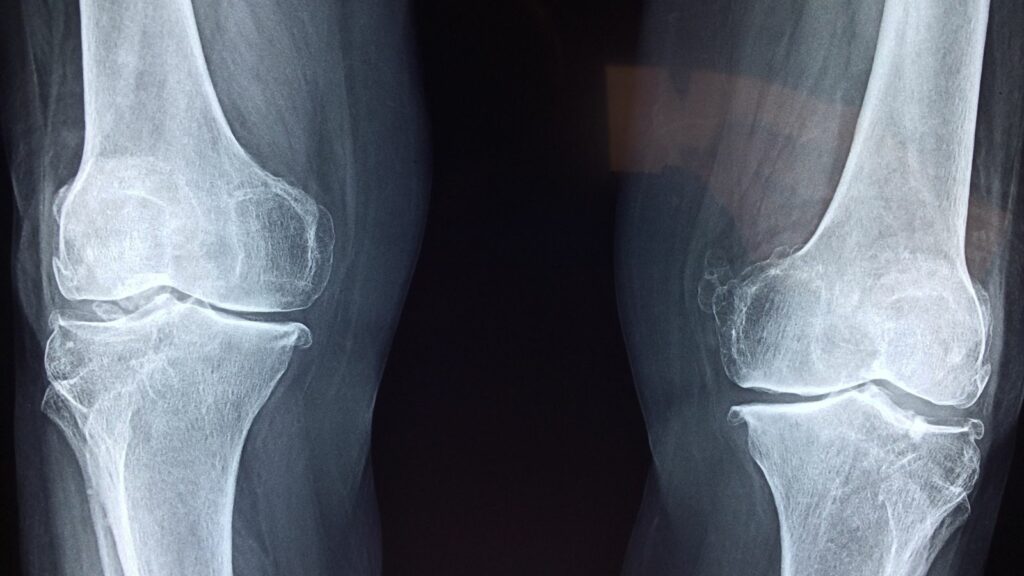Dentofacial orthopedics, a term that may sound complex, yet holds a fundamental role in the world of dental health. It’s not just about straightening teeth, it’s a specialized discipline that combines dental and facial growth management.
This branch of dentistry focuses on guiding the growth and development of a patient’s jaw and face. It’s not only about aesthetics, but also about improving the overall function of the mouth and jaw.

What is Dentofacial Orthopedics
Dentofacial orthopedics, a pivotal part of dental health, extends beyond tooth alignment. This section further discusses the essential details of this specialized discipline, expanding on its definition, purpose, and how it diverges from orthodox orthodontics.
The Definition and Purpose
Dentofacial orthopedics, intrinsically linked to dental health, is a specialty characterized by guiding the growth and development of a patient’s facial bones. This scientific discipline’s core purpose centers around improving aesthetics and enhancing the performance of the jaw and mouth. For instance, it includes treatments like two-phase treatment, growth monitoring, and functional appliances aiming to correct bone structure, improve jaw functionality, and boost overall facial symmetry.
How It Differs From Orthodontics
Often confused, dentofacial orthopedics and orthodontics, though closely related, diverge significantly in their practice. Prioritizing correction of malocclusions—incorrect bites— and teeth alignment, orthodontics typically focuses on the teeth rather than bone growth. Contrarily, dentofacial orthopedics emphasizes the growth and development of facial bones, overtaking teeth as its primary concern. For clarity, consider braces—an orthodontic tool—that align misaligned teeth, while growth modulation appliances—a dentofacial orthopedic device—encourage healthy jawbone growth. Therefore, it’s clear that while orthodontics generally addresses symptoms, dentofacial orthopedics attempts to tackle root sources of dental discrepancies.

Essential Techniques in Dentofacy Orthopedics
The field of dentofacial orthopedics encompasses a variety of techniques aimed at correcting facial and jaw bone abnormalities. These methodologies can be generally grouped into two categories: growth modification devices and surgical interventions.
Growth Modification Devices
The use of growth modification devices plays a crucial role in dentofacial orthopedics. These devices guide the growth of a child’s jaw to ensure correct development. Common instances of these include palatal expanders, chin cups, and headgear, each designed to target specific areas of the facial structure. For example, palatal expanders widen the upper jaw by applying pressure to the upper molars each day. Using these tools early in a child’s development ensures that any dental issues receive early intervention, preventing the need for more invasive procedures in the future.
In some cases, growth modification devices aren’t enough, and surgical interventions become necessary. These interventions are generally reserved for adults whose skeletal growth has already completed. Procedures such as orthognathic surgery, genioplasty, and Le Fort osteotomy are carried out to enhance the facial symmetry and increase oral functionality. For instance, orthognathic surgery corrects conditions related to the structure of the jaw and face caused by growth and development abnormalities.

Who Needs Dentofacial Orthopedics?
Dentofacial orthopedics is not a one-size-fits-all solution. Its use pertains to individuals with specific dental and facial irregularities.
Identifying Candidates
Candidates for dentofacial orthopedics often present signs of improper jaw growth or development from an early age. Observable symptoms may include protrusion or retrusion of the jaw, asymmetrical facial structure, and difficulty with normal oral functions such as chewing, speaking, or breathing. Skeletal malocclusions, or misalignments between the upper and lower jaw, also point towards the requirement for dentofacial orthopedics. For instance, individuals with Class II malocclusion, characterized by an overbite, and Class III malocclusion, known as an underbite, can particularly benefit from this treatment.
It’s essential to note, dentofacial orthopedics isn’t solely for cosmetic enhancements. It aims to improve quality of life and overall oral health, mitigating risks associated with misaligned jaws such as TMJ disorders and sleep apnea.

